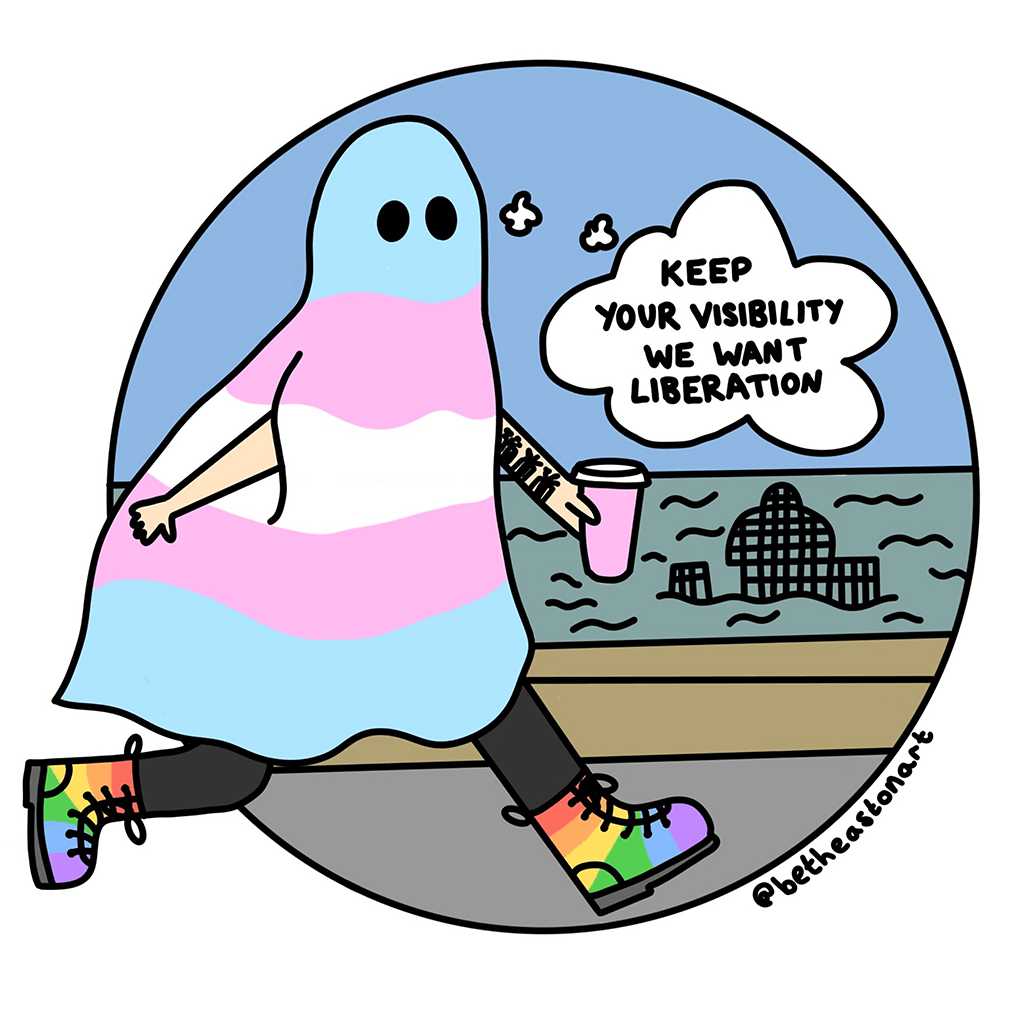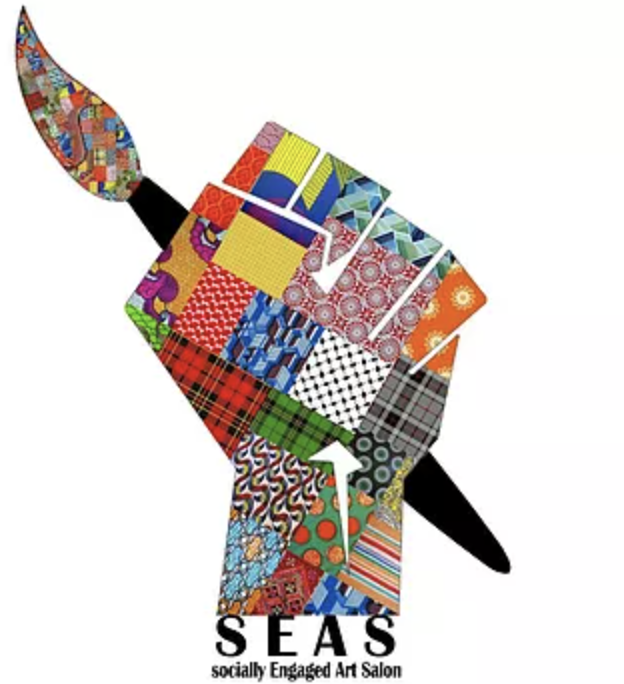‘The Face of the Other’
Presented by Socially Engaged Art Salon (SEAS)
Curated by Gil Mualem-Doron
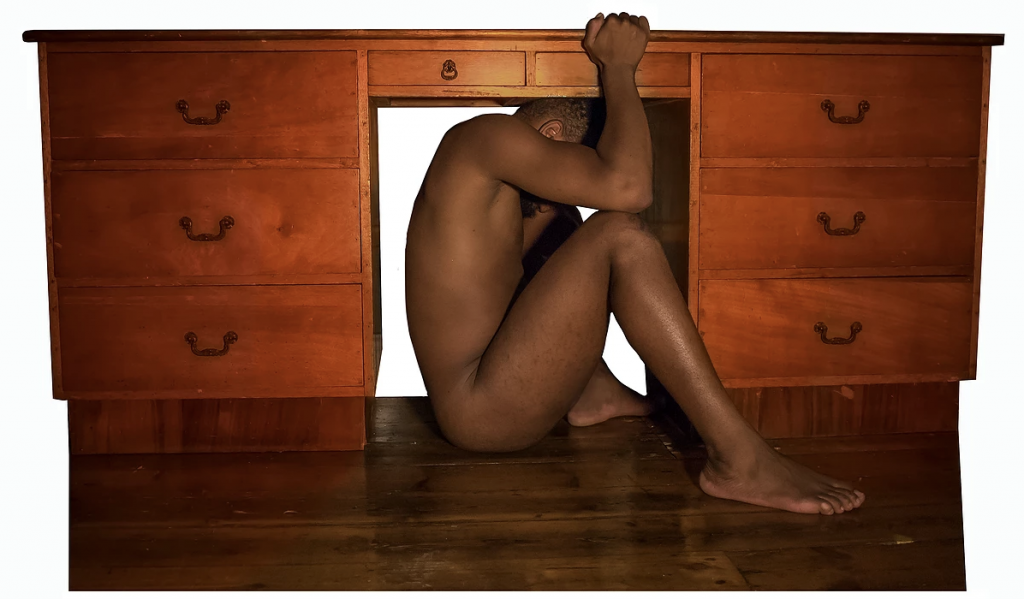
This exhibition starts with an invitation – an invitation to face an Other without seeing. To welcome an Other without knowing. Because the face of the Other always hides. It is a mask that conceals the irreducible difference or Otherness. This mask, with neither an invitation nor with intention, shelters us from infinite alterity. As such, the face of the Other is invariably related to hospitality and to inclusion that in fact derives from radical Otherness.
The works presented in this exhibition present two different approaches to the issue of visibility: one that uses visibility to make one’s identity or certain issues visible, to amplify voices, and as a tool of protest. Other works, sometimes even for the same ends, use masquerade, concealment, and defacement or do away entirely with the visual and use audio and texts. These works highlight social and political issues and yet others question the politics of visibility itself.
Curator Gil Mualem-Doron says: “In liberal democracies, visibility or representation and inclusion stand together. Making something or someone(s) visible is an important act in political and social struggles, especially for LGBTQ+ communities. Visibility is directly linked to representation and political power and to the right to protest. In the arts context, making something / someone visible is one of the most important strategies or consequences of socially and politically engaged art and of relational aesthetics.
However, visibility, especially when enforced, is associated with systems of colonisation, of surveillance and control. For various groups such as refugees, transgender people, homeless people, people of colour and religious minorities, visibility is always also a risk. Ask any black or brown kid who was stopped and searched, any visibly disabled person, any homeless person, any migrant who does not look “local”, a veiled Muslim woman, any trans person who cannot “pass” or any queer looking person – they will tell you what the dangers of visibility are. Beyond the issue of safety, visibility is reducing their being to a single identity – robbing them of their humanity and excluding them from the rest of society.”
Contributing artists
More artists and writers will be featured in the SEAS zine that will be published later in May.
Curated by Gil Mualem-Doron
Launch event
The opening event for the exhibition will be on the 8th May at 6pm. This will include a talk by the exhibition’s curator and some of the contributors and a Q&A.
Tickets are free and you can book for the lauch event here.
The exhibition also forms part of Brighton Festival 2021 and Brighton Fringe.
Where to view the work
The exhibition can be viewed in the windows of The Ledward Centre from Friday 30th April 2021, (next to the Library on Jubilee Street, Brighton, BN1 1GE), at the Black and Ethnic Minorities Community Partnership (BMECP) from Saturday 1st May, and online on SEAS website (www.seasbrighton.org) from Saturday 8th May.
Supporters
The exhibition is supported by The Art Council England, The Rainbow Trust, BMECP, Brighton & Hove Communities Fund and The Irene Mensah Bursary.
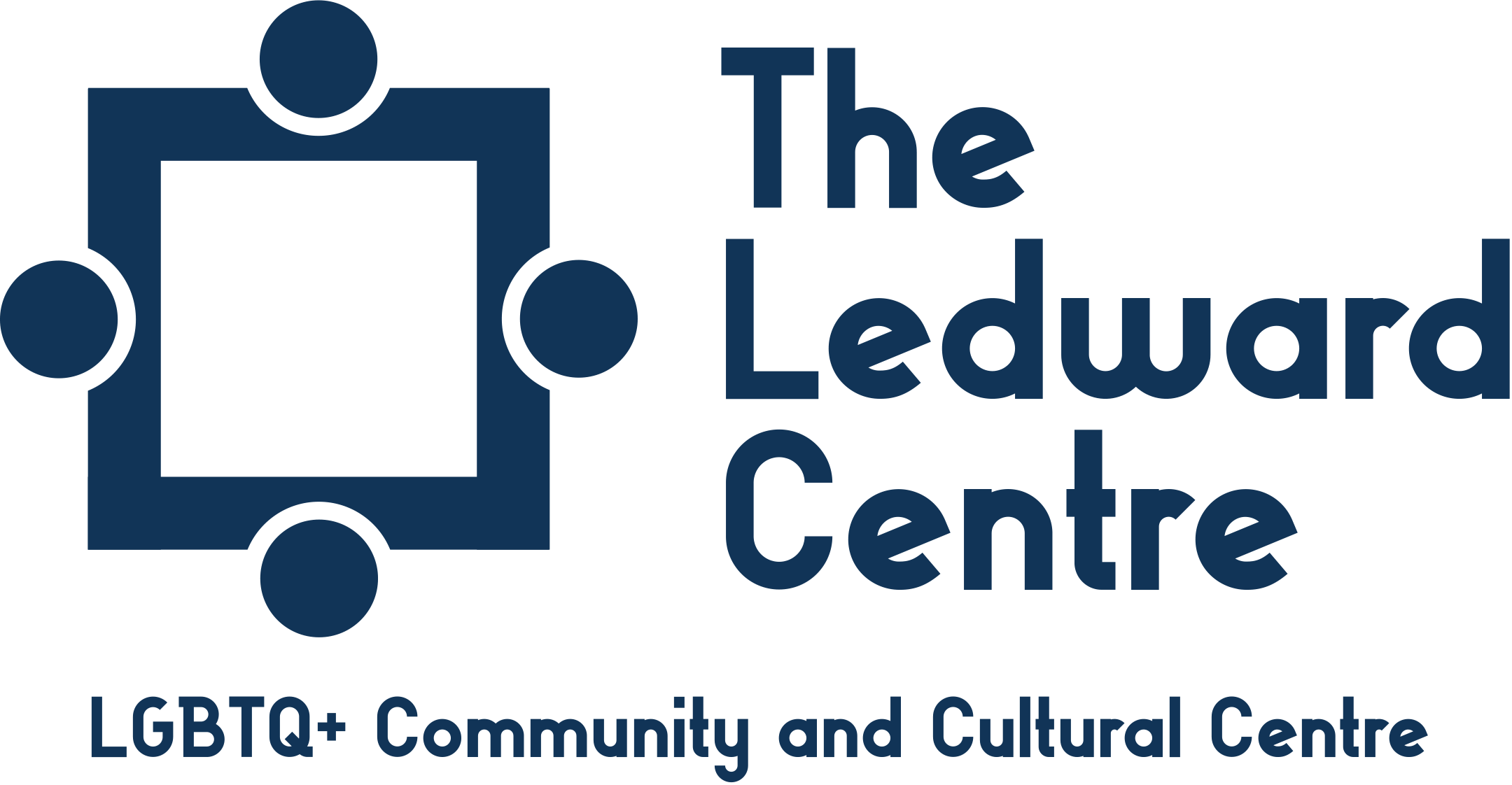
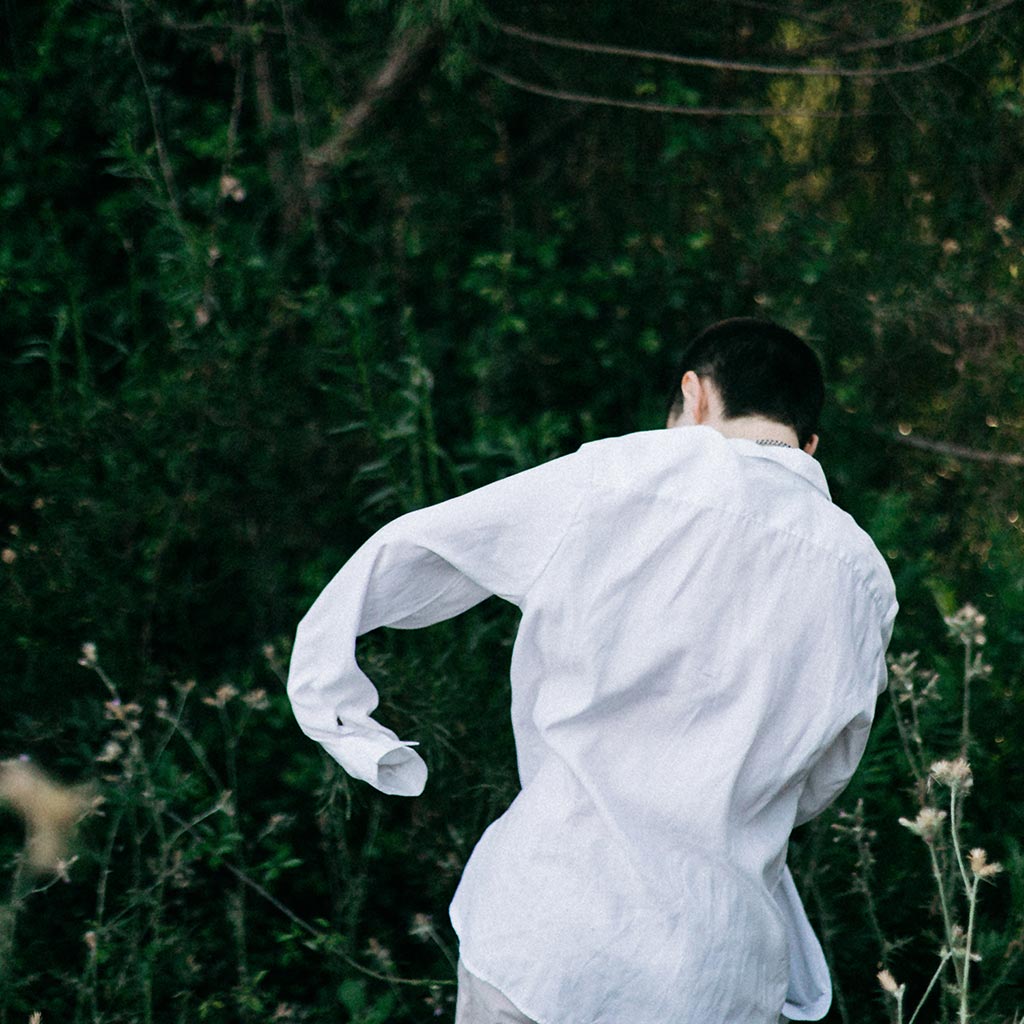
![A brown-skinned woman with long dreadlocked hair holds a golden key to her forehead. She wears an elaborate, deep-red shoulderless digital[?] dress.](https://ledcen.org.uk/wp-content/uploads/2021/04/Arit_Etukudo_Go_Back_And_Get_It.jpg)
